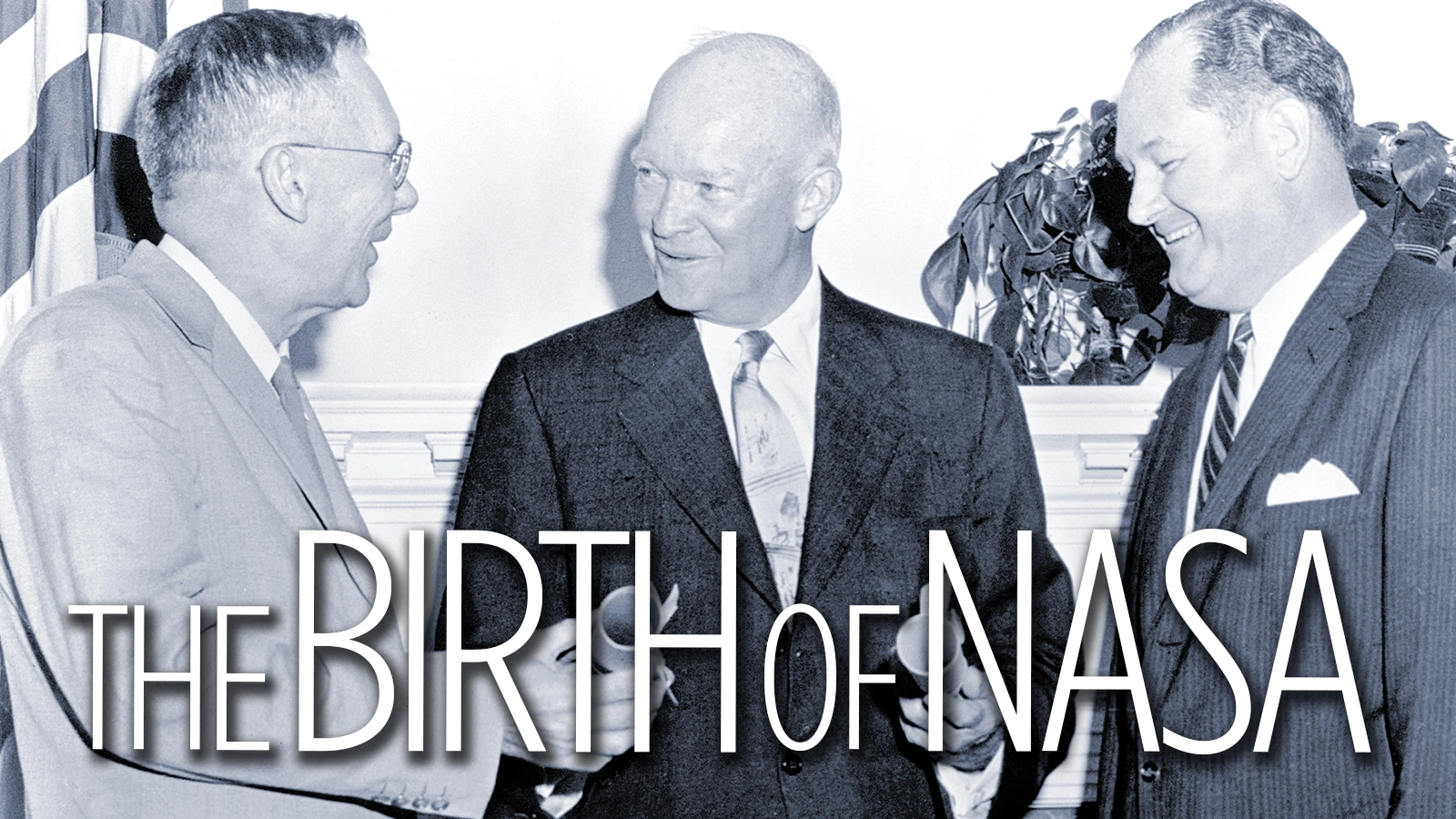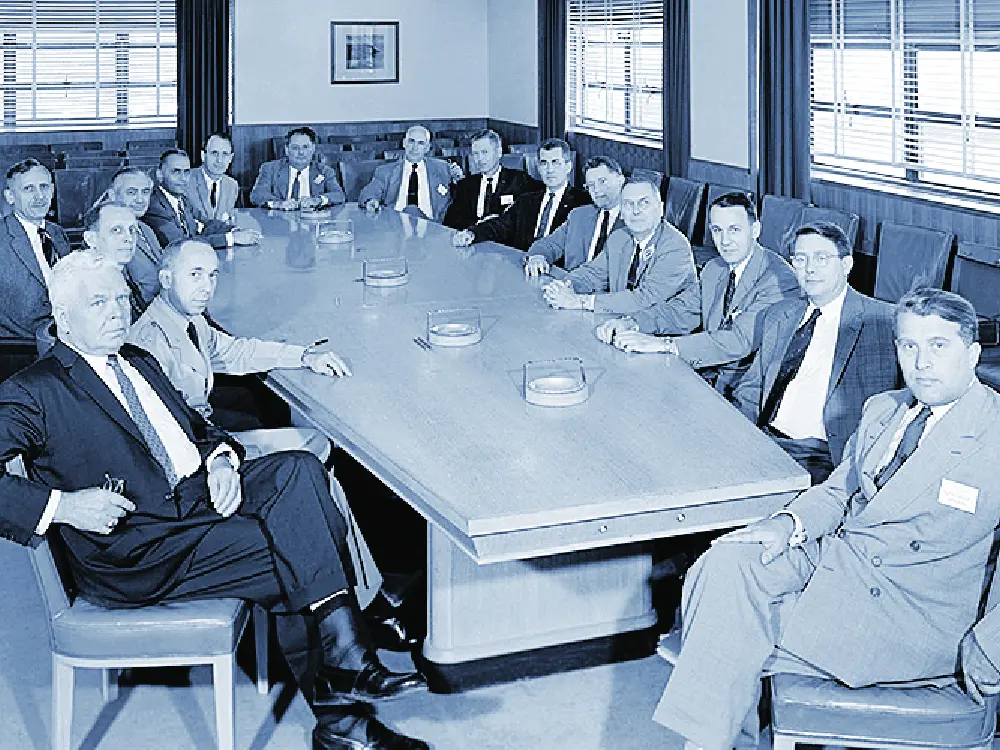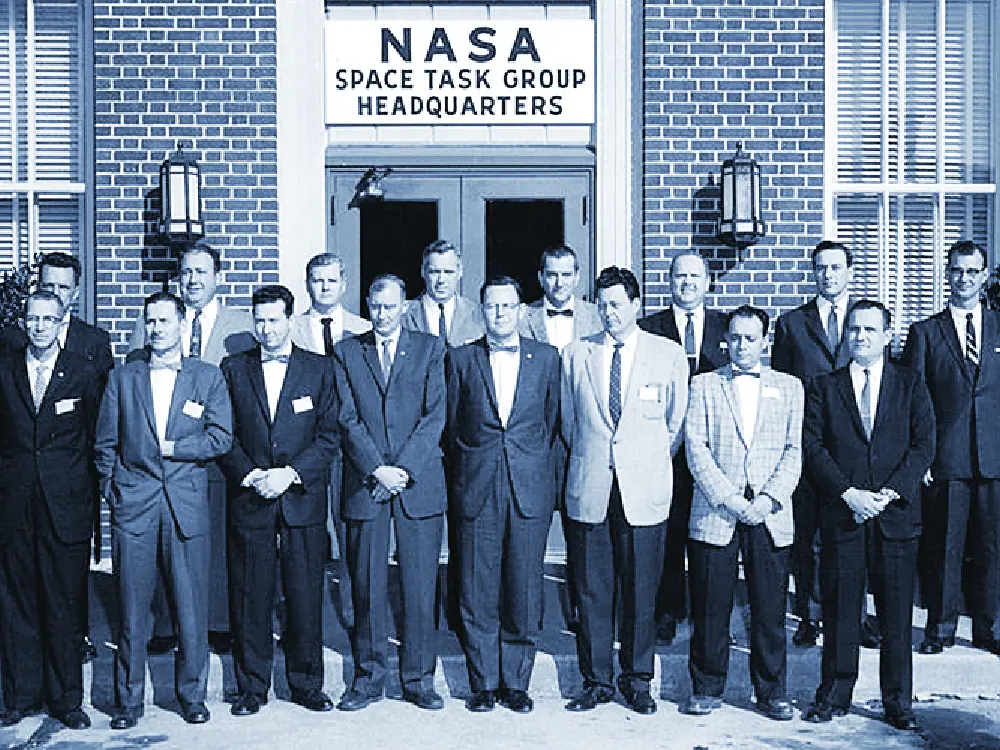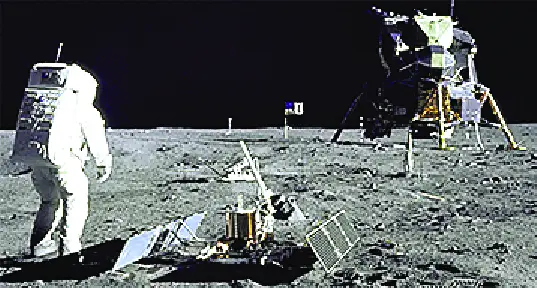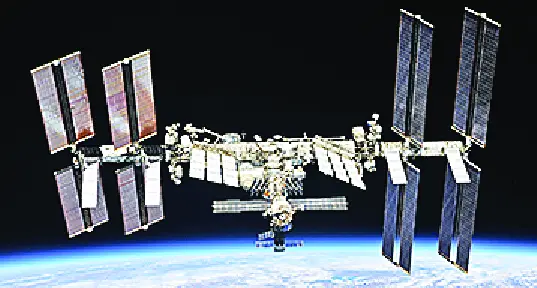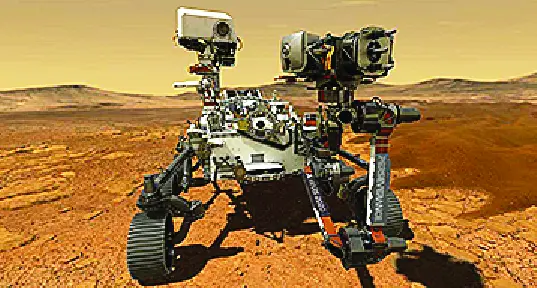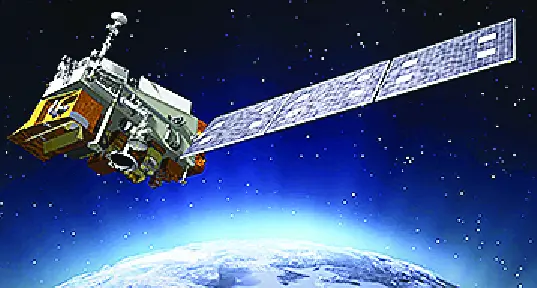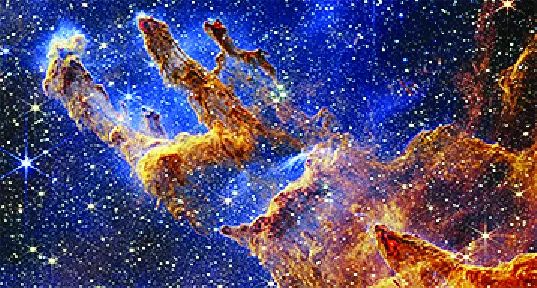When the Soviet Union took the world by surprise by launching the world's first satellite, Sputnik, in October 1957, the U.S. was already in the process of building pathways into space.
The U.S. Navy was far enough along with its Vanguard rocket project that it was seen as the most likely to launch an American satellite. The Army begged to differ - famed German V-2 rocket creator Wernher von Braun, leader of the Army's Redstone rocket project, had been saying for months it could put a satellite into orbit.
The Navy was given a chance. Its rocket blew up on the launch pad. Von Braun would save the day for the U.S. by putting Explorer 1 into orbit in January 1958
While the scientists raced to put hardware into the air, Washington worked on formalizing its commitment to space exploration. President Dwight D. Eisenhower was clear: He wanted a space effort led by a civilian agency, not the military. The most likely candidate was the National Advisory Committee for Aeronautics, which had been established in 1915 to promote aeronautical research.
On July 16, 1958, Congress passed legislation to transform NACA into the National Aeronautics and Space Administration. On Oct. 1 of that year, NASA came into existence, absorbing its 8,000 employees, three major research facilities and its annual budget of more than $100 million.
The new agency leaped into a myriad of tasks. Orbiting satellites meant enormous advances possible in communications and weather forecasting. Job One, however, was to put an American into orbit. NASA incorporated elements of the Naval Research Laboratory, Cal Tech's Jet Propulsion Laboratory and von Braun's Army Ballistic Missile Agency.
When Alan Shepard became the first U.S. astronaut in space in May 1961, it was one of von Braun's Redstone rockets that put him there.
But NASA wouldn't have long to celebrate. Less than three weeks later, President John F. Kennedy set the clock running on NASA's next big task: The U.S., he said, “should commit itself to achieving the goal, before this decade is out, of landing a man on the moon and returning him safely to Earth.”
